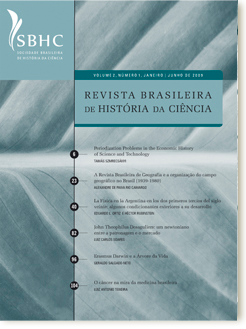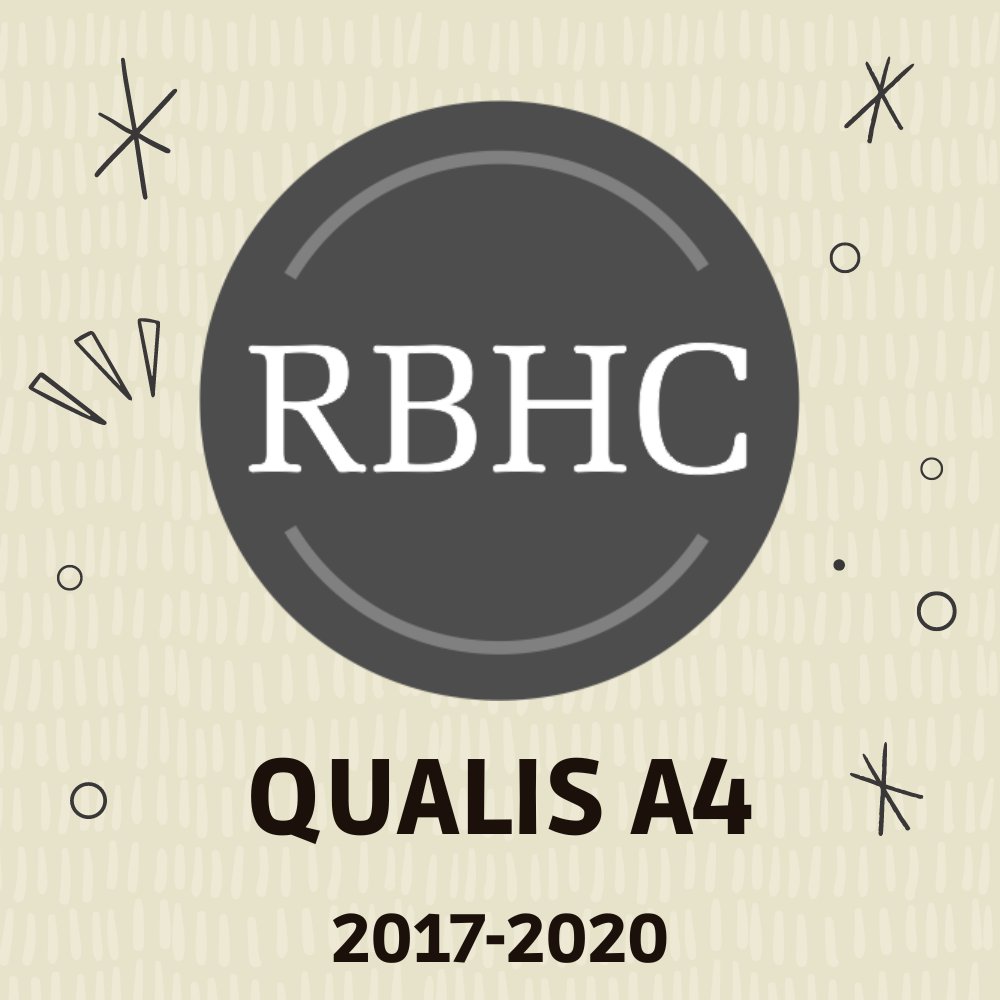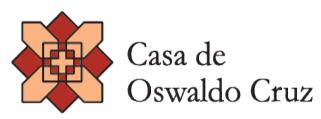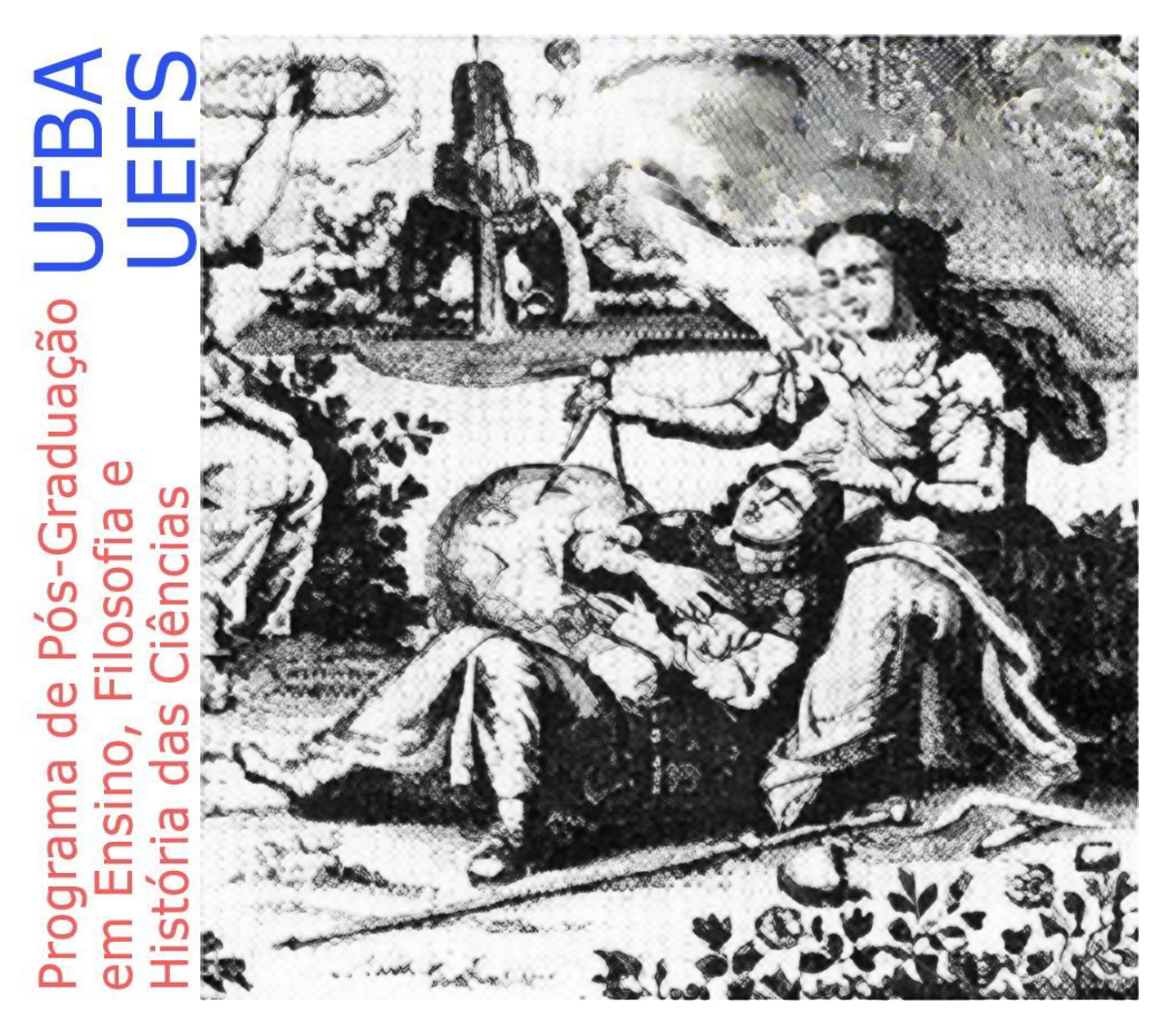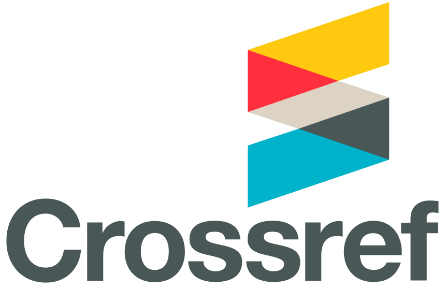Museu de ciência
instrumentos científicos do passado para a educação em ciências hoje
Keywords:
scientific instruments, historical objects, science education, science museum, non formal education, History of ScienceAbstract
In the 19th century Science Museums carried out a radical transformation, based on the change of focus - from the objects to the processes, responsible for the conformation of the museums` modern concept, founded on the division of its space in storage, exclusivity of the specialists, and in exhibitions, destined to the general public. It seems to us that in Science and Technology museums, this division is, even today, very sharp, while the historical objects remain mostly under the domain of specialists, reflecting the importance of studying different ways to present this kind of object to the non- specialists. The present research focuses on the study of the educational possibilities of historical scientific instruments of a science museum collection. In this investigation the main question was: What is the impact of the historical value of a scientific instrument with the public that visit a science museum? The analysis promoted by this study was founded mainly in the Kristof Pomiam`s concept of ‘semióforo’ and in the Walter Benjamin’s concept of aura. The problem was discussed from the following questions: What are the limitations and possibilities of these instruments as an educational resource able to motivate museum visitors to expand its scientific culture? What are the meanings (emotional, aesthetic, cognitive) attributed by the visitors to the scientific instrument? Having the objective of answering these questions, we chose to interview the general public that had participated in a guided visit at the museum, in order to raise their views, opinions and considerations about a scientific instrument of the museum´s collection. Semi-structured interviews were held with 11 groups of general visitors and in total 34 people were interviewed. The empirical basis of this study used as a method the analysis of data the Discourse of the Collective Subject, . The results showed that the recognition by the public of the historical value of the object and of its authenticity makes them define their contacts with it as a differentiated experience in the field of emotions and feelings, which makes that experience more than a different one, but also an interesting one, since the historical value of the object is confirmed as a factor which increases the museum visitors` curiosity. The data shows the relevance of the presentation of historical scientific instruments in science museums, in view of its important potential for the promotion of intrinsic motivation, given the emotional impact, aesthetic and cognitive development that it has on visitors who were able to contemplate it during a guided visit; as well as the potential of these objects as relevant resources in promoting a critical interpretation about science and its relationship with contemporary society.
Downloads
Downloads
Published
Issue
Section
License

This work is licensed under a Creative Commons Attribution-NonCommercial-NoDerivatives 4.0 International License.

